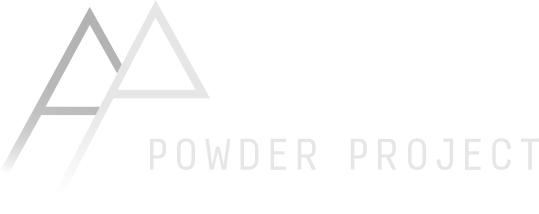Get up to get down
If you spend any time at all in the Southern Alps, you’re going to want to go touring. From just about any location in the South Island you can see mountains. And New Zealand’s mountains are made for skiing - open bowls, steep faces, tight chutes, and aesthetic peaks.
Also, backcountry touring allows you to go where conditions are good. New Zealand has notoriously fickle weather, but that means it’s usually good somewhere. If you can figure out where to go and how to get there, chances are there are good turns to be had.
The South Island has more mountains than anyone really knows what to do with. As a result, there’s backcountry riding all over the place. The key constraints are weather, snow and access. In general, the snow line is fairly high (around 1500m) and people don’t want to build and maintain road infrastructure to that height without a good reason, so the limiting factor in where you can ski is generally some combination of where you can drive and how far you’re willing to walk.
As a result, this rough guide will necessarily be incomplete. It’s intended to give new visitors a rough idea of what’s out there in some of the most popular and accessible areas so that they can plan a trip. Are there lots of other cool places we haven’t mentioned? You bet. If you want to go somewhere remote or unusual or want specific details (how far you can drive up the Waimakariri to hike into the Crow Valley?) this isn’t going to be much help.
While you’re looking through this information, keep in mind the following disclaimers:
This information is intended for you to use to figure out where you should stay and how your should arrange your trip to New Zealand. Use it to compare the backcountry options near Wanaka or Christchurch (or wherever else you’re thinking of going). Don’t use it to plan your backcountry travel - the information isn’t suitable for that purpose and you’ll need to consult proper maps, locals, guides, and all the other usual stuff.
Use this information at your own risk. Make sure you have the necessary skills, fitness and experience before you travel into the backcountry. These places are dangerous. They’ve been the site of multiple fatalities over the years and plenty of serious accidents. If you don’t know what you’re doing, hire a guide or ski somewhere else.
This is just a general guide about what kinds of backcountry options are available. It’s not supposed to be complete and exhaustive, and we aren’t pretending to be experts in every area in NZ. We’re trying to help you plan your trip so that you don’t end up looking for the chairlift at Mt Cook Village or trying to drive up the access road to Temple Basin.
We haven’t bothered with the North Island. Yes, it does have skiing and yes, on its day it can be good. But it’s usually not good and if you’re coming all the way to NZ to ski you should probably concentrate your efforts on the South Island.
This is just our opinion. If the way we’re dividing the South Island into areas isn’t to your liking, or we missed your favourite thing about Queenstown - sorry. We’re not proposing a new “National Backcountry Strategy” for DOC or something. Sometimes people on the internet disagree about things. It happens.
Overview
We’re in the process of updating this section (during bad weather when we can’t heliski) so this is incomplete at the moment and a work in progress. Bear with us.
At the moment, we’ve got information for:
Around Mount Cook Village, and
Eventually, we’ll put up information for Queenstown, Wanaka, the north Mackenzie, and Methven.
